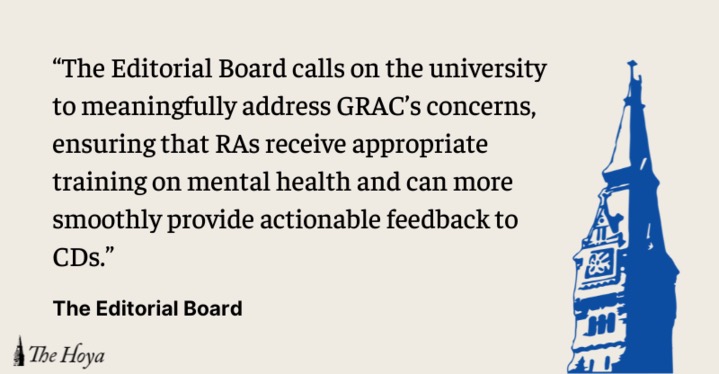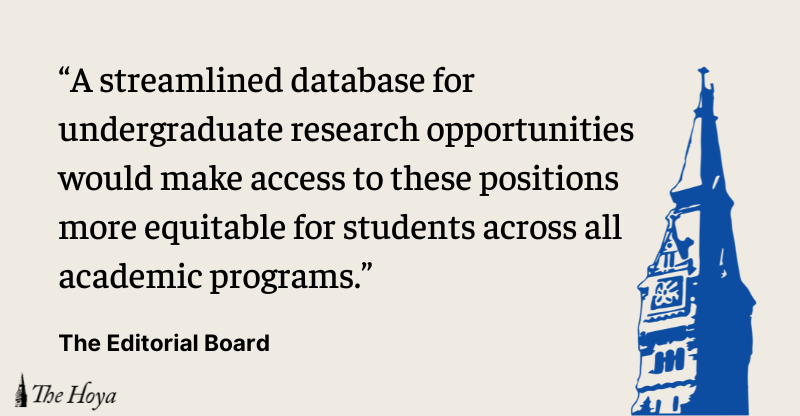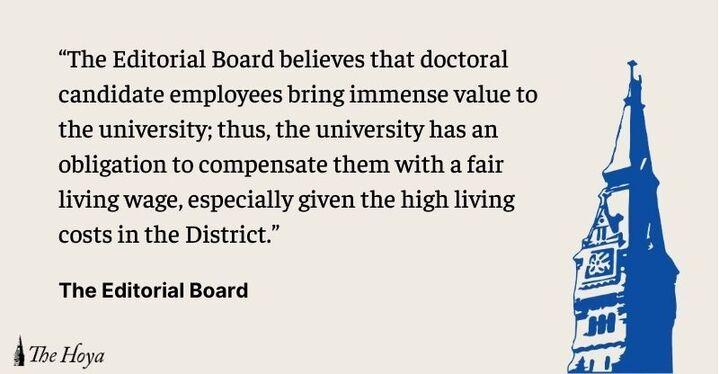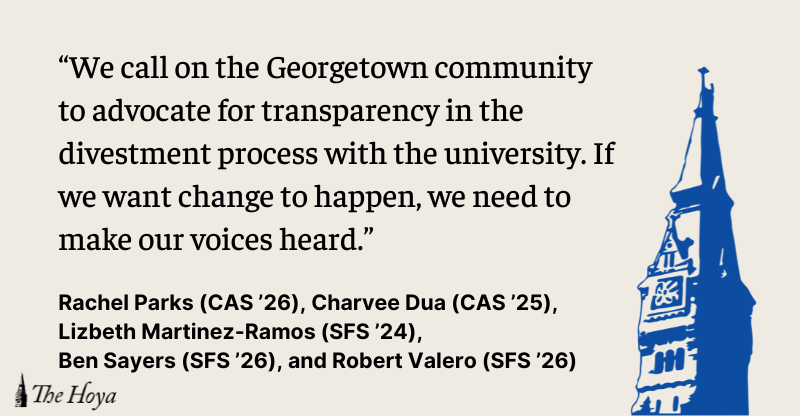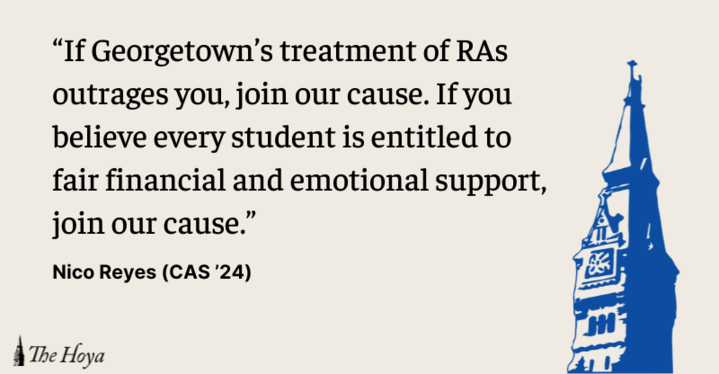On Jan. 27, the Georgetown University Police Department issued a Public Safety Alert following the kidnapping of a Georgetown student on the 3400 block of O Street NW the previous day.
By the time the department emailed the Georgetown community about the incident, almost a full day had elapsed since the suspect forced the victim into a silver SUV, coerced the victim into withdrawing money from ATMs and unsuccessfully attempted to make large purchases at retail locations in both Washington, D.C., and Maryland.
GUPD should not be blamed entirely for the lag between the events of the kidnapping and the university’s announcement; the department had only received notification of the incident two hours before they sent the campuswide alert. However, this delay raises larger questions about how effectively the university can relay information about safety concerns — both on and off campus — impacting the campus community.
Furthermore, a week ago, the District was reeling in the wake of the presidential Inauguration and the accompanying protests, with over 230 arrested for felony rioting. The chaotic scenes around the city included protesters breaking windows on cars and storefronts and torching a stretch limo on K Street, as police officers in riot gear deployed pepper spray and other disorienting crowd-control devices.
Although the university issued an email with safety recommendations signed by Vice President for Student Affairs Todd Olson, Chief of Police Jay Gruber and Assistant Vice President for Emergency Management Tonya Coultas a week before the inauguration, students were not updated on the increasingly volatile situation the day of the event.
Even as media outlets reported on the hazards around the city, GUPD did not provide developing information about potentially dangerous areas or caution students about the possibility for violent confrontation. Given the scores of students who participated as spectators and protesters in the inauguration, these updates would have been crucial in assuring the safety of many members of the Georgetown community.
Under current university policy, GUPD makes broadcast notifications when crimes posing a threat to the campus community are reported to GUPD or the Metropolitan Police Department, as mandated by the Crime Awareness and Campus Security Act of 1990. The law stipulates that when specific incidents of crime are reported to campus security or local law enforcement, information must be immediately circulated to the college community.
In fairness, the university can only relay information that has been reported to the GUPD and MPD. But given the involvement by members of the Georgetown community in events including the inauguration ceremony, the Women’s March on Washington the following day and the March for Life last Friday, the Department of Public Safety should monitor these situations and issue updates about potential dangers when this information becomes publically available.
Because so much of university life extends beyond Georgetown’s front gates, GUPD ought to streamline communications to ensure students are notified about evolving situations heavily trafficked by university students.




